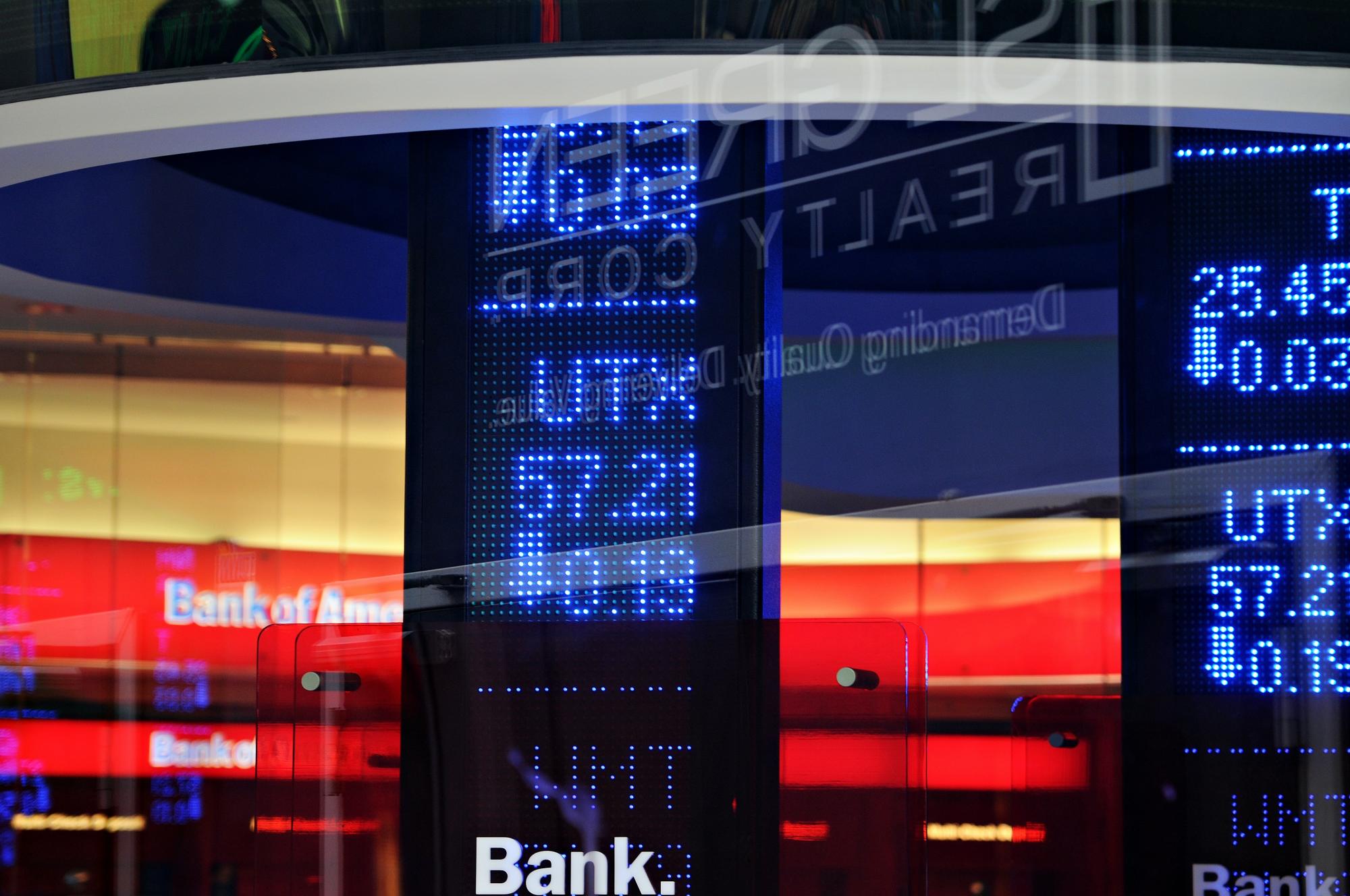New Analysis - schedule post
$10
29 Oct 2025, 12:59

Unsplash.com

As investors wait for the commencement of the critical two-day U.S. Federal Reserve policy meeting and the publication of more eurozone inflation data, European stock markets are anticipated to begin in a muted fashion on Tuesday.
As officials at the Federal Reserve start debating how they will react to the forecast for the U.S. economy, investors are expected to begin trading today with caution as they wait for news out of Washington.
When the meeting ends on Wednesday, the U.S. central bank is anticipated to maintain interest rates at a range of 5.25% to 5.50% after raising them at 11 of its previous 12 meetings in an effort to curb inflation.
Markets are divided on whether the Fed will increase rates one more time this year or stop raising them altogether as long as inflation remains over its 2% objective.
Over in Europe, the final inflation data for August are likely to indicate that the CPI increased 0.6% on the month and 5.3% annually when released later in the afternoon.
Due to the fact that this is still much higher than the ECB's 2% medium-term inflation objective, the interest rate was raised last week. However, core inflation, which includes volatile food and energy costs, is predicted to decrease to 5.3% from 5.5% yearly.
Last week, the ECB increased its deposit rate to a record-high 4%, but it also gave some indication that it would stop its rate-hiking cycle while it evaluates the effects of the continuous rate hikes on the local economy.
Tuesday saw the fourth straight session of gains in oil prices as supply fears increased in the wake of a disappointing U.S. shale output prediction.
According to the U.S. Energy Information Administration, which released its monthly report on drilling productivity on Monday, U.S. oil output from the major shale-producing regions is on course to decline for a third consecutive month in October to the lowest level since May 2023.
This has increased concerns about a significant supply shortage this year brought on by both Saudi Arabia and Russia's prolonged production restrictions.
Prices have increased for three weeks running, and both benchmarks are currently at 10-month highs.
(Sources: investing.com, reuters.com)